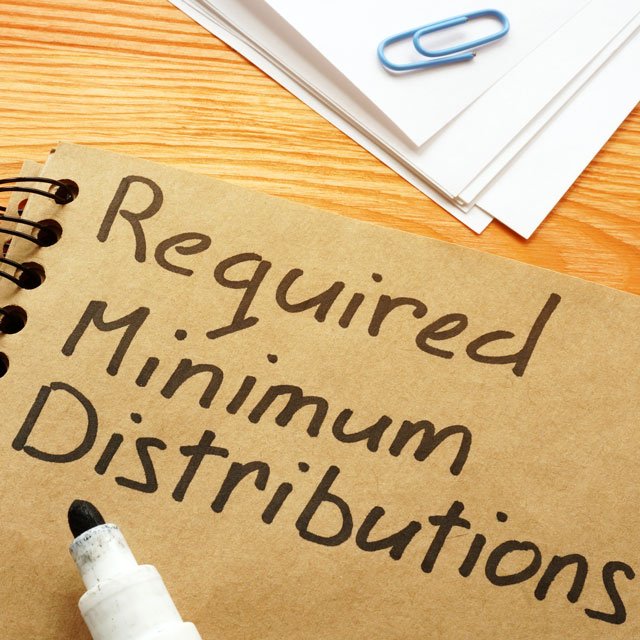Related: Roth IRA Conversions in a Down Market: 6 Things to Consider
As your clients who are using Medicare know, Part A is free, but there is a monthly premium for Parts B and D.
There is a base premium, and this premium will increase if your client earns too much money.
Part B is the medical insurance coverage under Medicare, Part D is prescription drug coverage. IRMAA stands for income-related monthly adjustment amount.
Let’s look at how IRMAA works, how it can affect your clients, and some things you can help your clients do to reduce the impact of IRMAA.
How is IRMAA calculated?
Your client’s Medicare Part B and D premiums are based on their MAGI, or modified adjusted gross income. For 2022, the IRMAA brackets are based on their 2020 MAGI.
MAGI is calculated by taking your client’s adjusted gross income from their tax return and adding back the following as applicable:
- Tax-exempt interest earned by your client.
- Interest from U.S. savings bonds used to pay higher education costs.
- Earned income by U.S. citizens living abroad that was excluded from their gross income.
- Income earned from sources in Guam, American Samoa, the Northern Mariana Islands or Puerto Rico that was not otherwise included in your client’s AGI.
The 2022 IRMAA brackets
Here are the 2022 IRMAA brackets based on your client’s MAGI and filing status for the 2020 tax year.

Can clients appeal an IRMAA determination?
Your client can certainly appeal an IRMAA determination. The IRMAA is based on income from two years earlier, and things can change over that time period. A common reason to appeal to the Social Security Administration is a life-changing event. SSA defines a life-changing event as:
- The death of a spouse.
- Getting married.
- Getting divorced or having a marriage annulled.
- One or both spouses stop working or see their work hours and income reduced.
- An involuntary loss of income producing property due to a natural disaster, fraud, disease or a number of other circumstances.
- Loss of a pension.
- Receiving a settlement payment from a current or former employer due to that employer’s closure or bankruptcy.
An appeal can also be based on other reasons. There is an appeal process through the SSA, but there is no guarantee your client’s appeal will be granted.
See the gallery for five planning tools you can use to help your clients reduce their income to avoid or reduce the impact of IRMAA.
In reading through this list, you might be saying to yourself that these are planning tools I would use with clients normally. Much of the work of helping clients manage the IRMAA brackets for Medicare involves solid financial and tax planning strategies. As you also might have noted, RMDs can often be the biggest item that pushes retirees into a higher IRMAA bracket. Strategies to minimize RMDs can help minimize the impact of IRMAA on clients.
Roger Wohlner is a financial writer with over 20 years of industry experience as a financial advisor.






 March 23, 2022 at 09:55 AM
March 23, 2022 at 09:55 AM

















 Slideshow
Slideshow






 Copyright © 2024 ALM Global, LLC. All Rights Reserved.
Copyright © 2024 ALM Global, LLC. All Rights Reserved.